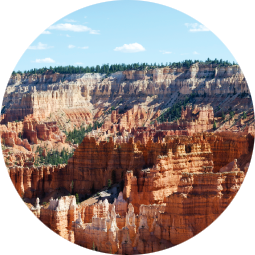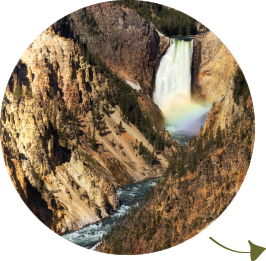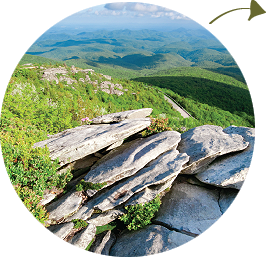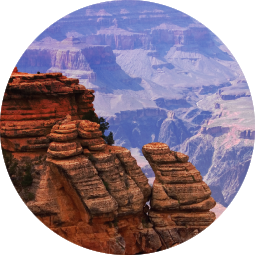Share this badge on your website or blog to show your support for our National Parks
copy code of your choice paste the code on your website or blog
Help Our National Parks Survive the Sequester
March 1st was the kickoff date for a series of federal budget cuts that are designed to reduce federal spending by 1.2 trillion dollars over the next ten years. These cuts are known as the sequester. It may seem at first glance that we finally have some fiscal responsibility in our government. However, these cuts are likely to have a major impact on jobs and important government programs, some of which are already being seen.
If you've been fortunate enough to keep your job over the last couple months, you might simply be wondering what the sequester is all about and how it is affecting you and your family. Here are some quick facts and figures that will help you visualize the impact of sequestration:
The government is required to cut $85 billion by the end of the fiscal year in October.
Many government agencies have been forced to offer reduced hours and services and lay off or furlough workers.
The Congressional Budget Office estimates a loss of 750,000 jobs due to sequestration.
Military spending, which accounts for $550 billion in the federal budget, will see 7.8 percent in budget cuts, or $43 billion.
Domestic programs such as health, education, drug enforcement, national parks and other nonmilitary programs will see a 5.2 percent cut, or about $26 billion, from the current $510 billion budget.



